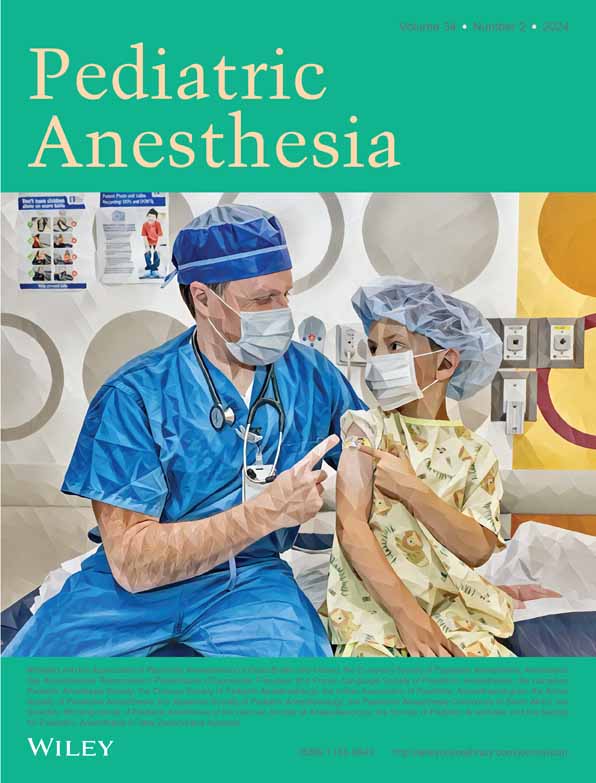Pediatric influenza vaccination in the perioperative setting: A quality improvement project
Section Editor: Nada Sabourdin
Abstract
Introduction/Background
Unmet need for seasonal influenza vaccination administration to pediatric patients exists at national and local levels. Vaccination during the perioperative period remains controversial, though opportunity exists to meet vaccination need through perioperative programs. The initial SMART Aim of this quality improvement initiative was to establish and increase seasonal influenza vaccination rate in eligible patients during in person preoperative clinic visits in a pediatric perioperative surgical home (PSH) to 10%. Informed by each prior season's experience, we increased our SMART Aim target for vaccinations in seasons two and three to 15 and 18%, respectively.
Methods
Following the Model for Improvement methodology, the PSH team developed and implemented a perioperative pediatric influenza vaccination program. Across three influenza seasons, key interventions included updates to organizational perioperative vaccination policy, obtaining material influenza vaccination supplies, development of EHR tools, PSH staff education, and communication with patient–families. Rate of eligible patients receiving influenza vaccination at their PSH clinic appointment was tracked over time. Influenza vaccination rates were reported monthly during Season 1, then weekly during seasons two and three. The balancing measure was same day surgery case cancellations related to influenza vaccination given at PSH clinic appointment. Statistical analysis methods utilized include Shewart's control chart and statistical process control (SPC) standards. Special cause variation was determined by eight or more consecutive data points above or below the centerline.
Results
The influenza vaccination rates in each of the three influenza seasons exceeded vaccination rate goals of 10, 15, and 18%, respectively. A total of 695 vaccines have been administered since program inception. No same day surgical case cancellations were observed as balancing measure.
Conclusions
Over three consecutive influenza vaccination seasons, we safely established and met vaccination rate goals of 10, 15, and 18% to eligible patients during preoperative clinic visits within a pediatric PSH system. Through iterative PDSA cycles, we continue to identify opportunities for future improvement. This suggests that the perioperative period presents opportunity for seasonal influenza vaccination with potential program expansion to include routine vaccines of childhood.
CONFLICT OF INTEREST STATEMENT
The authors have no conflict of interests to disclose related to this study.
Open Research
DATA AVAILABILITY STATEMENT
The data that support the findings of this study are available from the corresponding author upon reasonable request.




